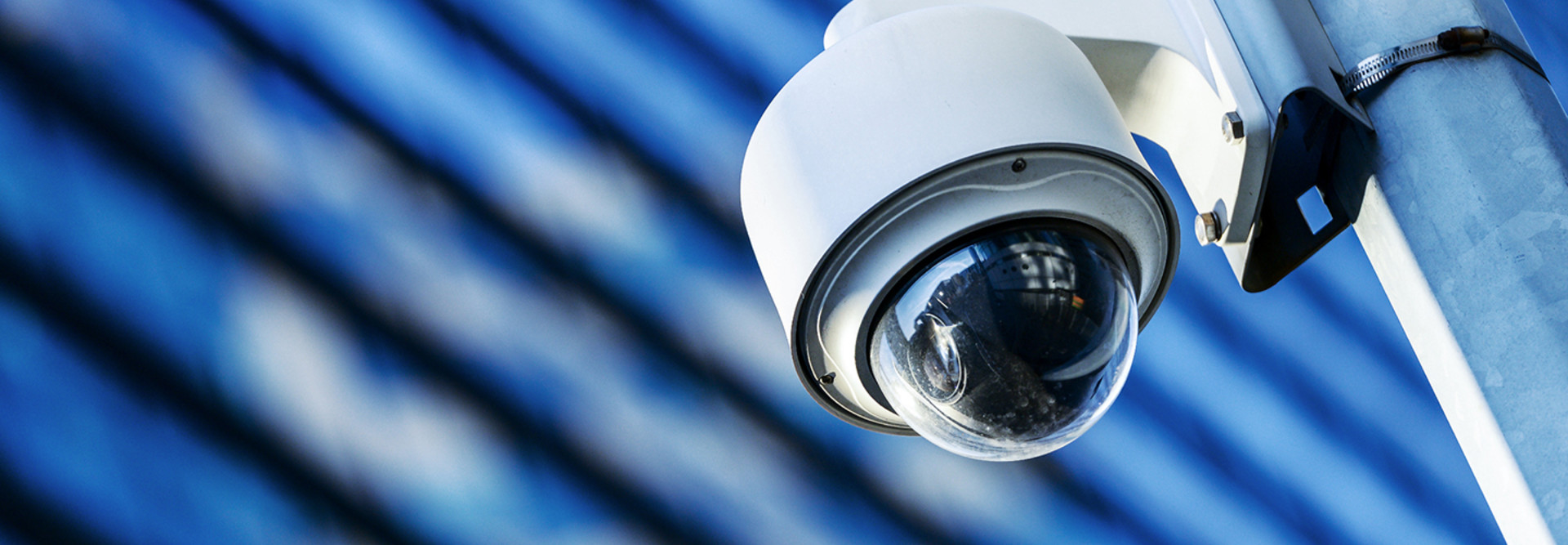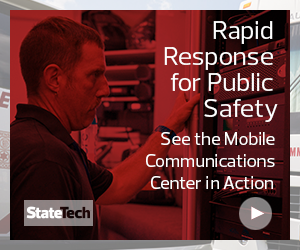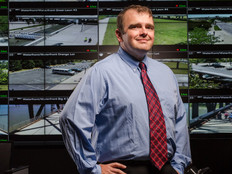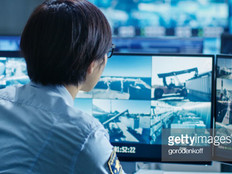1. Deploy Network Monitoring Tools
The network is critical for IP security camera systems, so the city of Pittsburgh deployed SolarWinds software, which monitors the health of its network and automatically alerts IT staff if it detects problems. “It tells us proactively, ‘This link is not as healthy as it used to be or it’s experiencing issues,’ and then we investigate,” says Daniel Shak, the Pittsburgh Public Safety Department’s technology manager.
2. Perform Regular Camera Maintenance
Sometimes cameras attached to traffic lights move and need to be readjusted, or their lenses get dirty and need cleaning, says Andy Milam, IT director for the city of Lafayette, Ind. Traffic departments can help perform the maintenance with their bucket trucks.
3. Take Pictures Along with Video
Cameras should take snapshots once every two seconds as backup in case motion sensors are not triggered and the cameras don’t record video, Milam says.
4. Keep Spare Parts for Cameras
Pittsburgh keeps spares of all components, including cameras and wireless radio infrastructure, so the city can troubleshoot quickly and minimize downtime, Shak says.
5. Take Advantage of Advanced Replacement Warranties
If a camera breaks while under such a warranty, the vendor will ship a replacement immediately. That’s much faster than traditional warranty coverage, under which a city would have to ship the broken camera back to the manufacturer, who would repair it and send it back to the city, Shak says.











